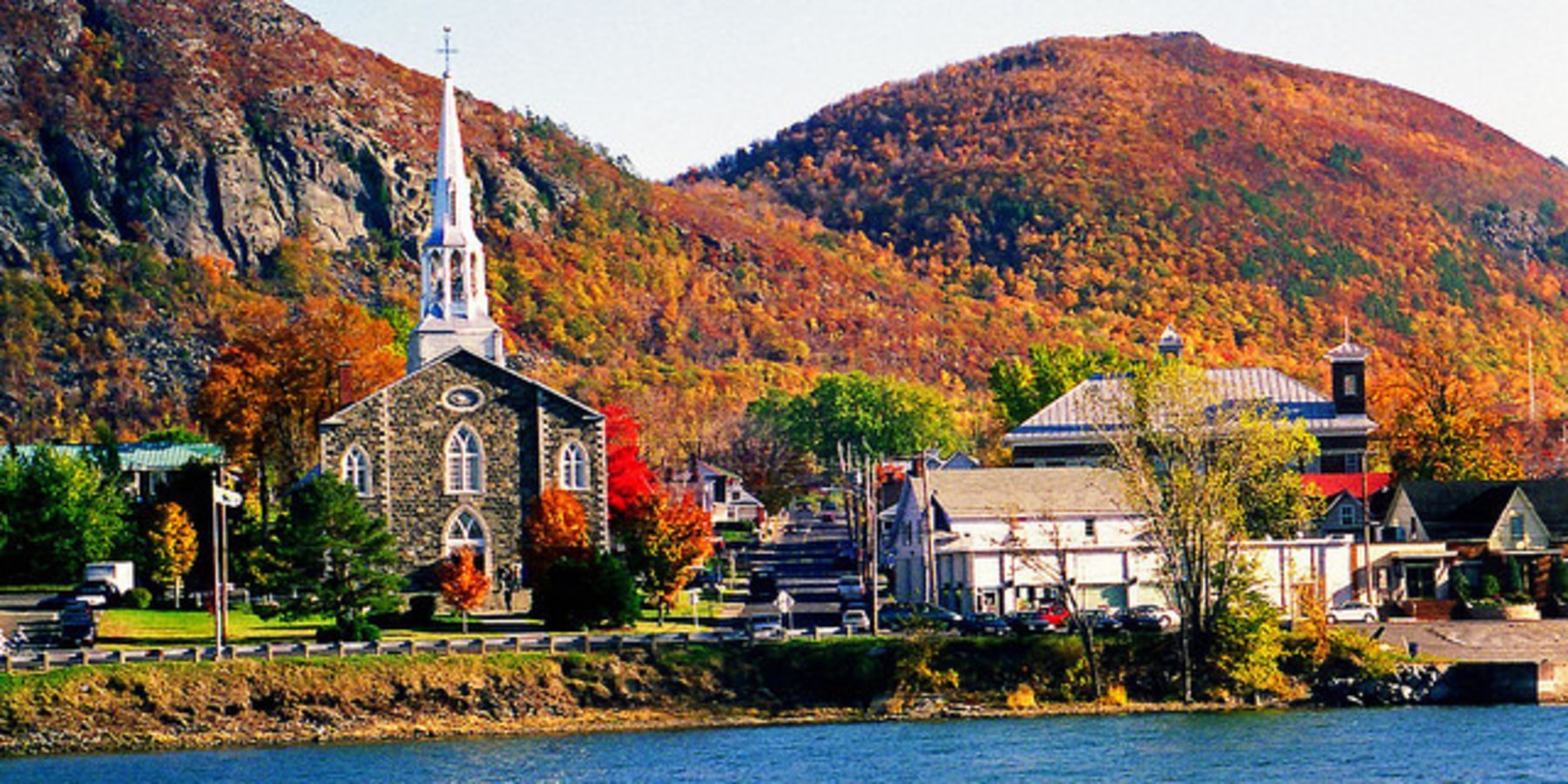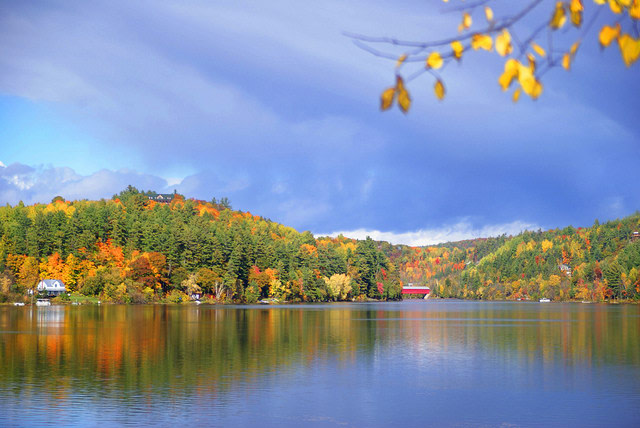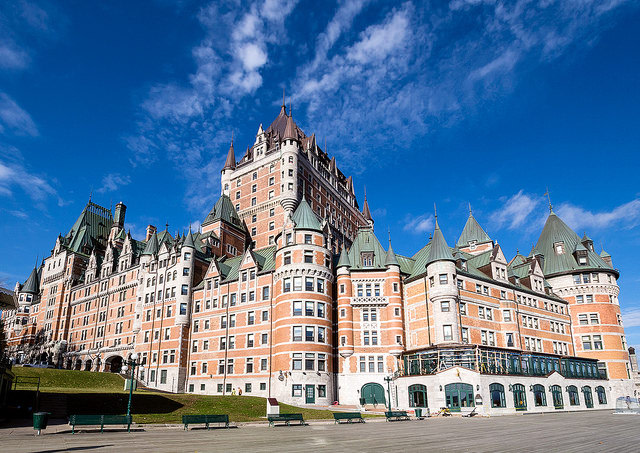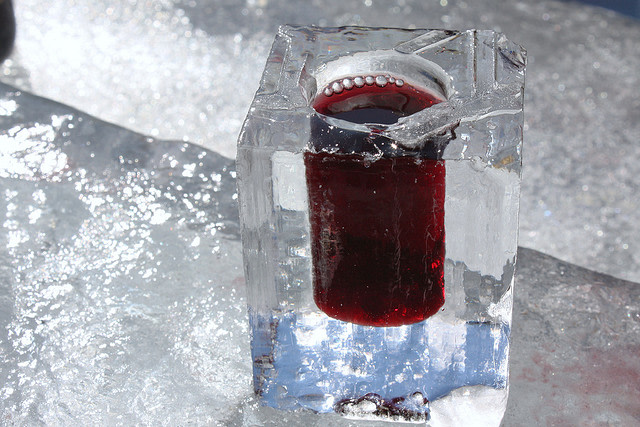| 6 mins read
By Jennifer Mullen
If Quebec were a person, she would address you in French, proud of her Francophone linguistic routes. “La belle Province”, as she is otherwise known, would love spending time around water, given she has half a million lakes and 4,500 rivers, not to mention 3% of the world’s renewable fresh water. Her wardrobe would be bold shades of green in spring, deep blue in summer, jackets of red and gold in autumn, and of course a snow white cloak for winter. She would also have a mature appearance, given that some of her cities, such as Old Montreal, can trace their architecture back as far as 17th century. A perfect balance of urban chic and outdoor character, spending time with Quebec would no doubt involve enthusiastically cheering for a hockey team, or watching some winter sports coverage.
Quebec is situated in east central Canada and is Canada’s largest province by area, but second largest in population after Ontario. A Quebec tour guide would advise you that good place to start your journey is in the capital, Quebec City, where you can arrive the ordinary way, by air or land. Alternately to really make a grand entrance, why not sail up the estuary of the St Lawrence, as it narrows between cliffs and rugged hills. Indeed, the name "Québec", comes from thenative word kébec meaning "where the river narrows". If a cruise is not within your budget, a ten minute ferry ride, departing from the southern bank is also a great way to experience the dramatic silhouette of the city. The history of Quebec dates back to 1608, and on Place Royale you can still see some delightful old stone houses dating back to 17th and 18th century. They seem to represent hope for a new France, during a time when back in the mother country, heads were flying under guillotines!
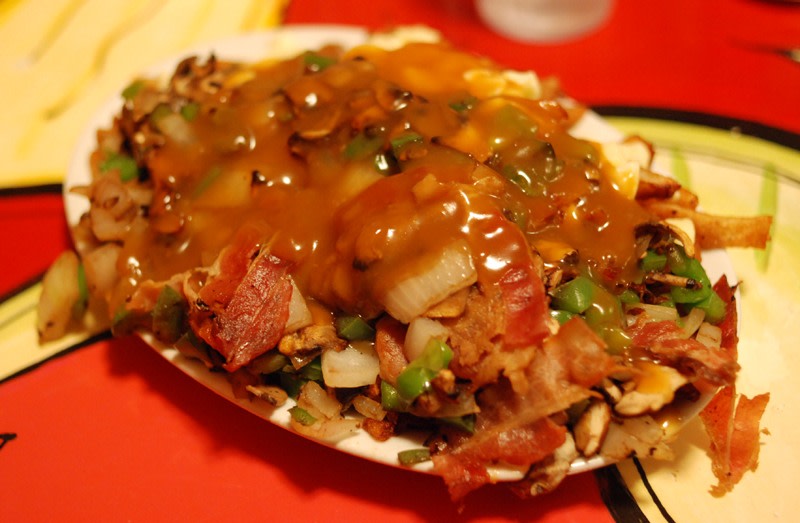
Having replenished your energy levels, some of the sightseeing highlights include the Musee de la Civilisation, Musee l’Amerique Francaise, the Morrin Centre, and the Citadelle. If Quebec City has a signature building, it has to be the Château Frontenac, an extravagant Victorian hotel, not entirely out of place in a Batman movie. Its claim to fame is being one of the world’s most photographed hotels. Quebec City is home to close to 40 National Historic Sites of Canada, therefore history fans should have enough to keep them busy, in any weather.
Like an older sibling, the city of Montreal often finds itself competing for the spotlight with Quebec City. The good news for visitors is that the two cities are a mere two and half hours apart by car, and therefore nobody needs to miss out. One of the most striking things you will notice about Montreal is its diverse population, which means a rich variety of ethnic neighbourhoods to choose from, further translating into great food.
Most tourists start at the harbour and then take in old Montreal City, which also has quaint buildings dating back from the French settlement era. To soak up the commercial heartbeat of the city, downtown is busy day and night, being home to many international companies and universities. Culture vultures should look no further than the "Quartier des Spectacles" or the "Entertainment District". Your Montreal tour guide will tell you that your trip highlights should include the Notre Dame Basilica, the Botanical Gardens, the promenades of Old Montreal, The Montreal Science Centre and the Museum of Fine Arts. Montreal is set on an Island in the middle of the River Lawrence, therefore it feels like an extremely open city. The locals love to put on festivals, come rain or shine, such as the Festival International de Jazz and les Francofolies. It is also the site of the yearly Formula 1 Grand Prix, a must-see for motor sports enthusiasts.
If sophisticated cities are not enough, Quebec is also a place to pay homage to the great outdoors. Ski and snowboard enthusiasts will be thrilled at the quality of pistes in Mount Tremblant, which despite the name does not actually tremble. Perhaps a clue to the name could be from Quebec’s favourite wintertime outdoor party drink, an alcoholic punch named Caribou, after the Canadian version of the reindeer. More than 60,000 bottles of this lip tingling punch are sold every year, and are sometimes served out of shot glasses made of ice!
Another compelling reason to visit Quebec is escaping civilisation and heading for one of the 28 national parks, making it an ideal place to see nature in all its glory. In the last few years, ecotourism has really taken off and Québecers are constantly trying to find ways to understand and preserve their natural environment better. UNESCO biospheres, such as Mont-Saint Hilaire, Charlevoix, Lac-Saint-Pierre and Manicouagan-Uapishka are a testament to this local commitment to keeping the natural world beautiful for future generations. Quebec boasts of more than 650 species of animals including moose, beavers and bears. Some of the best marine wildlife spotting can be done in the St Lawrence Estuary, and if you are lucky you may get to see blue whales, dolphins and porpoises. This can be done from locations such as Saguenay - St. Lawrence Marine Park, the Mingan Archipelago National Park Reserve and the Forillon National Park.
A trip to Quebec with its culture rich cities and impressive wildlife will give you a wide range of experiences and evoke a strong set of emotions. At the end of the journey, many people find themselves wishing Quebec “au revoir”, which of course translated into English means “until we see each other again”.
Image Details and Licenses: https://flic.kr/p/dii56Q (lezumbalaberenjena, CC BY-NC-ND 2.0), https://flic.kr/p/owCfY3 (Tony Webster, CC BY 2.0), https://flic.kr/p/qcU3mt (John6536, CC BY-NC-ND 2.0), https://flic.kr/p/eYbcqN (Doug, CC BY-NC-ND 2.0), https://flic.kr/p/a6tQ9E (Michael Klein, CC BY-NC 2.0), https://flic.kr/p/fJCzBb (Chris Devers, CC BY-NC-ND 2.0), https://flic.kr/p/62DooY (Jason Popesku, CC BY-SA 2.0), https://flic.kr/p/dj7H3F (Harold, CC BY-NC-ND 2.0), https://flic.kr/p/bqGwAg (Chancelier, CC BY 2.0) https://flic.kr/p/4ESHhK (d76 CC BY NC-2.0)

